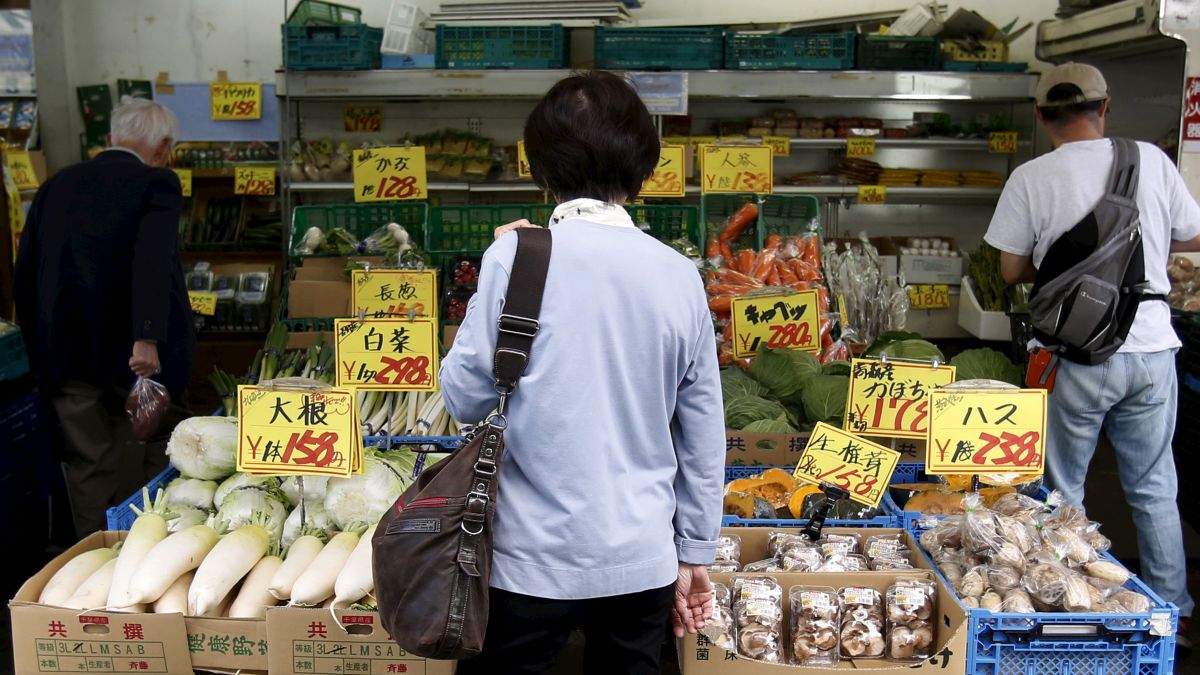New Delhi: The Seventh Pay Commission led by Justice AK Mathur has just submitted its report to the Central government, recommending a modest 16 percent hike in salary but a 63% increase in allowances and 24 percent hike in pensions. This means the overall hike for central government employees and its pensioners comes to 23.5 percent. This compares poorly with the 35 percent hike after the recommendations of the 6th Pay Commission were implemented.
Terms of reference of the commission had clearly stressed on keeping the fiscal math in mind before making any recommendations and even with this modest hike that has been recommended, the impact on GDP would be a substantial 0.65 percent though the impact of the 6th Pay Commission was 0.77 percent of GDP. Finance Minister Arun Jaitley said after accepting the commission’s report that an additional Rs 70,000 crore would have to be spent by the exchequer in the first year of the implementation of the commission’s recommendations. Total financial impact in FY17 likely to be about Rs 1.02 lakh crore of which increase in salary would account for Rs 39,100 crore, allowances Rs 29,300 crore and pension at Rs 33,700 crore.
The finance minister said the recommendations of the Pay Commission will impact 47 lakh serving government employees and will have a Rs 1.02 lakh crore monetary impact. “Of this amount, Rs 74,000 crore will be the additional cost on Union Budget and Rs 28,000 crore on Railway Budget,” the CNBC-TV18 report said.
There is little clarity however on whether all or some of the fiscal impact would be seen in FY16 itself.
Jaitley said an implementation secretariat has been created, headed by the expenditure secretary while a separate empowered committee under the cabinet secretary will take a view on various suggestions from stakeholders. The finance minister said the government will try and not take five months to finally implement the pay hikes of Central government employees and pensioners, the time previous government took to implement the recommendations of the 6th Pay Commission.
The report also recommends a minimum basic pay for Central government staff of Rs 18,000 with a maximum pay of Rs 2.25 lakh per month.
Addressing the media after submitting the report, Justice Mathur said outside the Ministry of Finance, “The report runs into 900 pages. We held wide consultations before preparing the report. We travelled across the country and saw hardship of all those concerned.”
Here are some important takeaways from the 7th Pay Commission recommendations:
• Recommended date of implementation is 1 January 2016. Minimum pay set at Rs 18,000 and maximum at Rs 2.25 lakh with the cabinet secretary’s emolument at Rs 2.5 lakh per month.
• Rate of annual increment retained at 3 percent.
• The recommendations of the commission will impact 47 lakh serving Central government employees and 54 lakh pensioners.
• Gratuity doubled to Rs 20 lakh; 52 allowances abolished and 36 others submerged.
• The present system of pay bands and grade pay has been dispensed with and a new pay matrix has been designed. The status of the employee, hitherto determined by grade pay, will now be determined by the level in the pay matrix. Separate pay matrices have been drawn up for civilians, defence personnel and for military nursing service. All existing levels have been subsumed in the new structure; no new levels have been introduced nor has any level been dispensed with.
• A pay matrix similar to that for civilian employees has been drawn up for defence personnel. The commencement of the Defence Pay Matrix for combatants corresponds to the existing GP 2000, which is the induction level for sepoys and equivalent.
• Each defence personnel, regardless of when he or she retires, should draw the same pension. There is no clarity on whether this is in fact a reiteration of OROP
• The edge, presently accorded to the Indian Administrative Service in the form of two additional increments @ 3 percent over their basic pay at three promotion stages i.e., promotion to the Senior Time Scale (STS), to the Junior Administrative Grade (JAG) and the NFSG to continue in the proposed pay matrix. ends
The 7th Pay Commission Report
7th Pay Commission

)




)
)
)
)
)
)
)
)